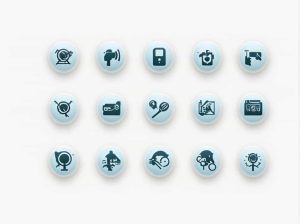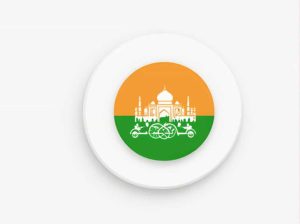Jakarta the capital city of Indonesia is a bustling metropolis known for its vibrant culture economic significance and rapid urbanization. As the nation’s political and economic hub understanding Jakarta’s population dynamics offers insights into its growth challenges and future prospects.
Jakarta’s Population: Current Figures
1. Population of Jakarta Special Capital Region
As of mid-2023 the Jakarta Special Capital Region commonly referred to as DKI Jakarta has an estimated population of approximately 11350328 residents. This figure underscores Jakarta’s status as Indonesia’s largest city and its role as the central node in the nation’s urban network.
2. Population Density
Jakarta’s land area spans about 661 square kilometers resulting in a population density of approximately 17000 individuals per square kilometer. This high density reflects the city’s urban character and the significant demand for housing infrastructure and services.
Jakarta Metropolitan Area: Jabodetabek
1. Definition and Components
The Jakarta metropolitan area known as Jabodetabek encompasses Jakarta and its surrounding cities and regencies:
- Jakarta Special Capital Region (DKI Jakarta)
- Bogor City and Regency
- Depok City
- Tangerang City and Regency
- South Tangerang City
- Bekasi City and Regency
The term “Jabodetabek” is an acronym derived from the names of these areas.
2. Population Statistics
As of mid-2023 the Jabodetabek area has an estimated population of approximately 32594159 people. This makes it one of the most populous urban agglomerations globally. The distribution of the population within Jabodetabek is as follows:
- Jakarta Special Capital Region: 11350328 residents
- Bogor City and Regency: 6618144 residents
- Depok City: 1927867 residents
- Tangerang City and Regency: 5185934 residents
- South Tangerang City: 1404785 residents
- Bekasi City and Regency: 5669031 residents
This extensive urban area highlights the interconnectedness of Jakarta with its neighboring regions forming a massive urban sprawl.
Historical Population Growth
1. Post-Independence Era
In 1945 Jakarta’s population was approximately 600000. The post-independence period saw rapid urbanization with the population reaching:
- 1950: 1733600 residents
- 1961: 2906533 residents
- 1971: 4546492 residents
- 1980: 6503449 residents
- 1990: 8259639 residents
- 2000: 8384853 residents
- 2010: 9588198 residents
- 2020: 10562088 residents
This growth trajectory illustrates Jakarta’s transformation into a megacity over the decades.
2. Factors Influencing Growth
Several factors have contributed to Jakarta’s population growth:
- Rural-Urban Migration: Individuals from rural areas migrate to Jakarta seeking better employment and educational opportunities.
- Economic Opportunities: As Indonesia’s economic center Jakarta attracts businesses and professionals.
- Urbanization: The expansion of urban areas has incorporated surrounding regions into the metropolitan area.
Demographic Composition
1. Ethnic Diversity
Jakarta is a melting pot of various ethnic groups reflecting Indonesia’s rich cultural diversity. The ethnic composition includes:
- Javanese: 36.17%
- Betawi (native Jakartans): 28.29%
- Sundanese: 14.61%
- Chinese Indonesians: 6.62%
- Batak: 3.42%
- Minangkabau: 2.85%
- Malay: 0.96%
- Others: 7.08%
This diversity enriches Jakarta’s cultural landscape influencing its cuisine arts and festivals.
2. Religious Composition
The religious makeup of Jakarta’s population is predominantly:
- Islam: 85.36%
- Protestantism: 7.53%
- Catholicism: 3.30%
- Buddhism: 3.15%
- Hinduism: 0.06%
- Confucianism: 0.01%
This religious diversity is evident in the city’s numerous places of worship and interfaith harmony initiatives.



